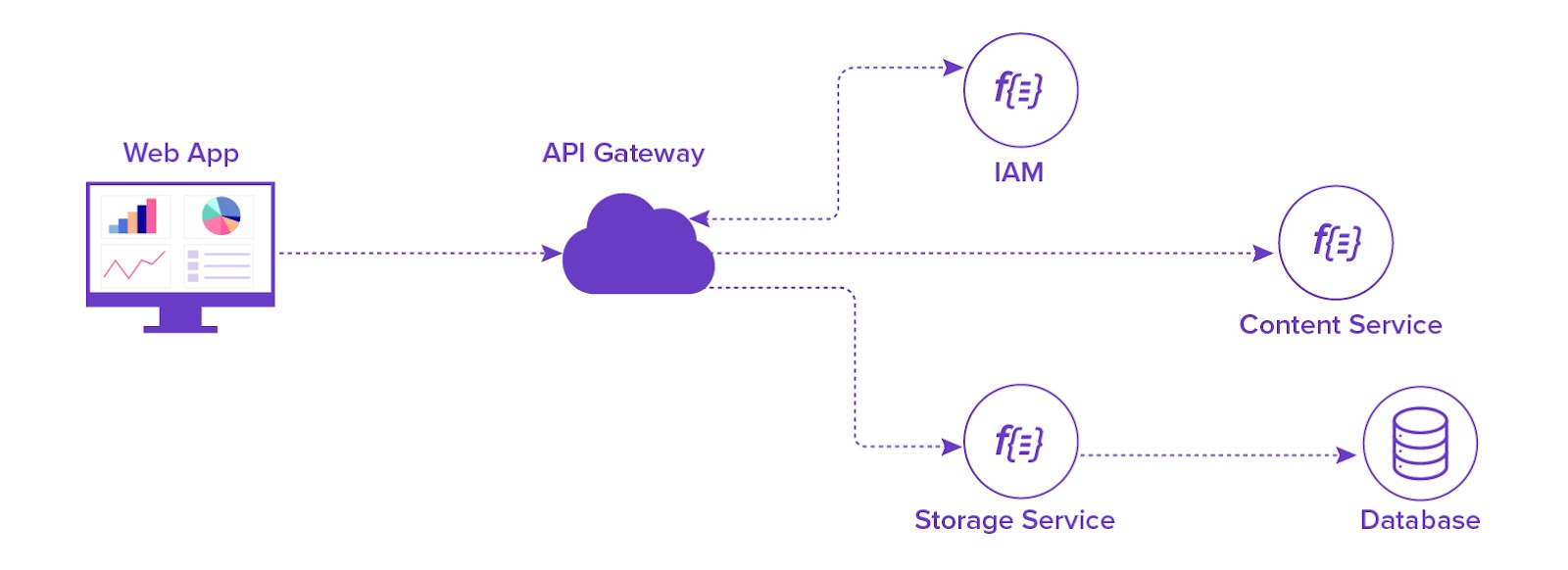Structuring a practical AML audit checklist is decisive for businesses in regulating compliance and combating illegalities. With the global anti-money laundering software market growing significantly and reaching an estimated revenue of $1.77 billion in 2023, organizations are increasingly focusing on effective AML strategies. A well-defined audit checklist plays a crucial role in identifying gaps in compliance and enhancing monitoring processes. By integrating strategic elements of risk assessment, transaction monitoring, and KYC procedures, enterprises, and potential businesses can ensure their AML programs are comprehensive and up-to-date.
What is the AML Audit Checklist?
AML audit checklist assists potential businesses in ensuring that they are meeting all defined laws and regulations to combat terror funding and money laundering. It highlights the key areas and processes that should be checked during an audit to confirm compliance with AML requirements. It is assured by the number of ways even before making international partnerships and onboarding a new client. For that purpose, it is important to scrutinize all previous records of their personal identification and financial transactions.
AML screening is an optimal procedure for getting to know the new clients that are becoming part of the firm. AML compliance exists to provide an overview of the new partnership and the finances and nature of the business activities. By checking these essential areas, it will become easy to detect red flags and areas of concern for getting to know the client.
8 Fundamental Pillars for AML Audit Requirements
AML audit checklist is an important part of KYC and CDD. To achieve the required standards of know your customer(KYC) and customer due diligence (CDD), it has become essential to comprise the following key actions to regulate compliance with the rules for the region and combat the threats of terror funding. The following AML audit requirements are given below for the complete procedure which is given below:
Client Recognition
- Client identification acquires and authenticates personal credentials such as enterprise name and all related identity documents that belong to the business.
- When dealing with a particular company, partnership, or director, start by reviewing the company's official records and filings with the company's house.
- Confirm the client's residential or business address. Gather and verify contact details, such as phone numbers and email addresses, to ensure accurate and up-to-date information.
Beneficial Ownership
- Distinguish and confirm the beneficial owners of the client enterprise and those who have considerable ownership or control above the company.
- Gather the required documents, such as shareholder registers or partnership agreements, to confirm and develop beneficial ownership.
Risk Evaluation
- Evaluate the client's risk profile by considering factors like the type of business they operate, the volume of transactions, their location, and any known risks in their industry.
- For insecure patrons, such as politically exposed persons (PEPs) or those in high-risk regions, perform Enhanced Due Diligence (EDD) to gather more in-depth information and ensure compliance with regulations.
Origin of Funds
- Verify the source of funds for large transactions or new account openings to ensure they come from legitimate and legal activities.
- Request supporting documents like bank statements, tax returns, or enterprise commercial records to confirm the source of these funds.
Illegal Transaction Monitoring
- Implement strong systems and procedures to monitor client transactions for unusual or suspicious activity continuously.
- Ensure personnel are trained to identify warning signs, such as recurrent substantial cash deposits, intricate transaction structures, or uncommon movement of funds.
Records Administration
- Keep exact and current archives of client data, credentials, and transaction specifics.
- Retain these records for the necessary legal period, usually at least five years, and assure they are readily available for audits and compliance checks.
Compliance Program
- Create and implement an AML compliance program that includes clear written policies, procedures, staff training, and regular internal audits.
- Assign a dedicated AML compliance officer to manage the firm's AML activities and ensure continuous compliance with regulations.
Reporting Illegal Transactions
- Set up a straightforward procedure for reporting doubtful transactions to the relevant government bodies, like the UK Financial Intelligence Unit.
- Train your staff to quickly identify and report suspicious activities, ensuring compliance with legal and regulatory requirements in your region.
AML Audit Compliance Checklist - Best Practices and Processes
- Preparation and Planning
As is the case with any form of audit, some critical preparations must be put in place before performing AML audits. Companies need to set goals for the audit to define what needs to be accomplished, how, when, and to what extent. This entails collecting appropriate documents and records such as prior audit reports, compliance policies and transaction records..
- Evaluating Risk Assessment
An auditor has to assess the organization’s approach to risk management. This involves assessing the processes of risk identification, estimation of risk impact and methods of risk management. Some questions that should be answered when undertaking a review on risk assessment should include; The risk assessment should have a consideration on some aspects like the customers, the geographical area served, and the type of product or service offered.
- Analyzing Transaction Monitoring Systems
A common field in the AML audit is the assessment of how different organizations’ transaction monitoring systems work. The auditors should be able to assess if the systems used to track such transactions are doing a good job in detecting presumed unlawful conduct. This entails going through alert reports and samples of the transaction as well as the response measures deemed appropriate for the related transactions
- Documentation and Reporting
Proper documentation is important during an audit of an organization’s AML policies. Auditors should accomplish records of compliance activities which include the customer due diligence file, transaction file and/or suspicious activity report. It should confirm that all relevant documents; are well-updated, comprehensive, and easily retrievable
- Continuous Improvement and Follow-Up
At the end of an AML audit, one should provide recommendations with regards to further enhancement. There is a necessity to prepare an action plan in which necessary steps must be undertaken by the organization according to the findings of the audit. The progress of these action items should be checked regularly in order to guarantee a correct implementation of the improvements. This practice of constant assessment and improvement keeps an organization on the right footing of solid AML compliance in the long run.
Final Interpretation
AML audit checklist is a complicated but requisite part of the engagement process. It is essential to notice that particular demands for anti-money laundering and know your customer's checks may fluctuate depending upon the compliance requirements that are appropriate for any designed business. The checklist should be designed in a customized way that meets the apt regulations and the best traditions of the business.














Leave a Reply